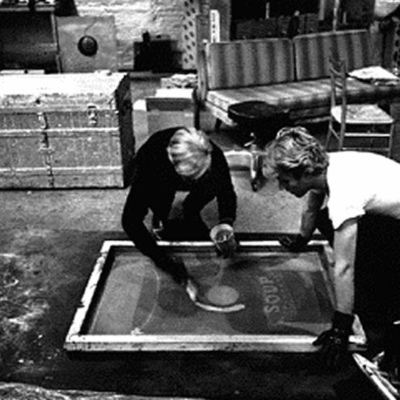
Andy Warhol
Born Andrew Warhola in Pittsburgh, Pennsylvania on August 6, 1928, it is difficult to imagine the Pop Art sensation and eccentric artist Andy Warhol emerging from such humble roots. But after a mainstream media article misprinted his name as “Warhol" in 1948, he decided to run with it, and unknowingly created a world-renowned moniker for himself that would resound throughout the decades succeeding his illustrious career which dominated the international art scene in the mid to late 20th century. Read More


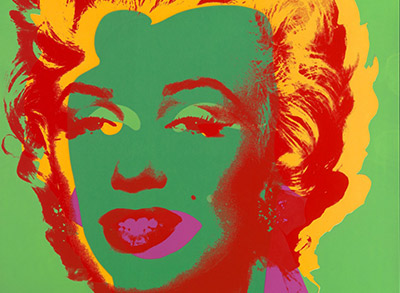
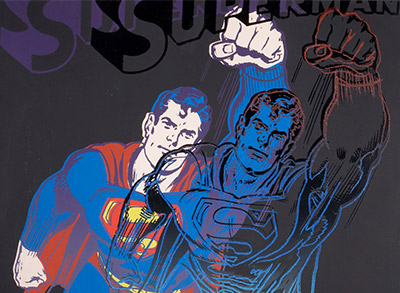
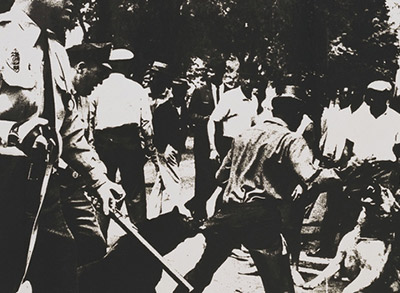


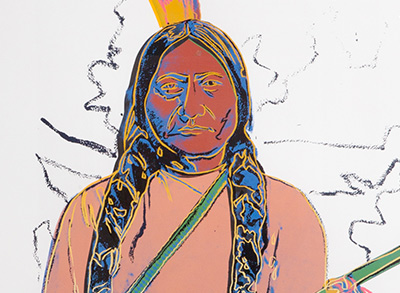
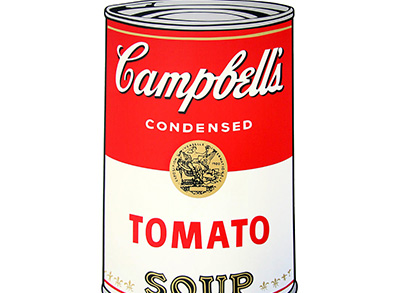
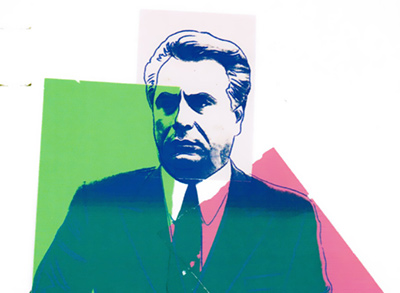
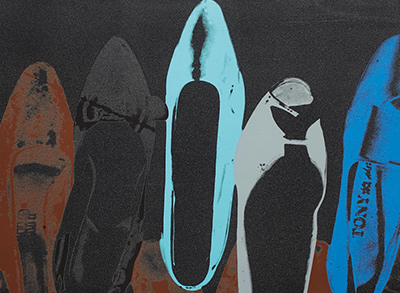
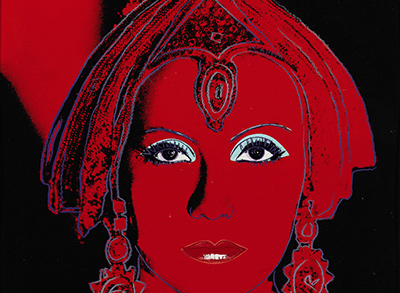
When young Andy was in the third grade, he developed a disease of the nervous system called St. Vitus’ Dance, leaving him bedridden often as a child. It was during these long periods of physical inactivity that Warhol developed his adoration of art, after his mother gave him his first drawing set. He went on to study commercial art at the Carnegie Institute of Technology, and graduated in 1949 with a Bachelor of Fine Arts in Pictorial Design. Upon moving to New York directly after, Warhol started his successful career as a commercial artist. He began to develop innovative ways of creating multiples of a single image which would be his first foray into the aesthetic of reproducing images he became so well known for later on in life.
Though he began exhibiting his work in the 1950s, it wasn’t until 1961 that Warhol debuted the concept of “Pop Art”, and only a year later that he presented his first Campbell's soup can paintings, causing a stir in the art world. But like many revolutionary artists’ work, these ground-breaking pieces were initially dismissed and criticized. It was the well respected dealer Irving Blum who first showed Warhol’s soup can paintings in Los Angeles, while a nearby storefront posted actual cans of Campbell’s soup with a sign reading “Buy them more cheaply here.” Despite the critics, Blum persisted in his support of Warhol, purchasing 32 of the Campbell’s soup can canvasses for $1,000—an extraordinary investment seeing as how he eventually sold them for $15 million.
Warhol quickly became a household name amongst the movers and shakers of the mid-century art connoisseurs, and a central figure of NYC hot spots and fashionable events. In 1962 he created The Factory in Midtown Manhattan, an eccentric studio boasting an atmosphere of the quintessential drugs, sex, and rock n’ roll lifestyle. The studio attracted a colorful array of people, ranging from bohemians to drag queens to adult film stars to rock musicians to Hollywood celebrities, to whom Warhol dubbed his “Superstars.” At The Factory, all were welcome and all were enlisted in the factory-like output of art: while one group of regulars were producing one of Warhol’s silkscreen prints, another group was filming a screen test. The Factory became a meeting place for free-thinkers, artists, and radicals, and the bacchanalian, countercultural studio came to represent the 1960s and the influential collaborative art from Warhol that transpired from it. But in 1968, the disgruntled feminist Valerie Solanas, who had only ever been a marginal figure at the Factory, barged into the studio on June 3 and shot Warhol, causing serious damage and resulting in lifelong physical side effects and a profound influence on his art. The incident caused The Factory to become more rigidly controlled, an unwelcome change which caused many to conclude the era of “the Factory 60s” had come to an end.
Over the next two decades, while Warhol’s art continued to garner widespread attention and positive reviews, the artist became more entrepreneurial than scandalous, more shy than ostentatious, reinventing his larger-than-life persona that had emerged prior to the attempt on his life in 1968, and along with it, his methods of making art. Beginning in the 1970s, Warhol continued to make waves with his prolific, colorful portraits of the biggest and brightest celebrities of the time, his political commentaries through collections like Mao, Endangered Animals, and Electric Chairs, and his unapologetic style and methods which gave his artwork an air of mass production mirroring his chosen subjects. It is in this fashion that Warhol encapsulated the dichotomous balance of mid-century America’s ethos: capitalism, abundance, and the contradictory desire for uniqueness alongside uniformity. This era saw great financial success for Warhol, as he devoted much of his time finding new, rich patrons who would commission him to paint their portraits. While these portraits gained commercial praise, his critics dismissed them as superficial and lacking in any significance or depth. However, in hindsight many critics came to understand this era of Warhol’s art as a brilliant mirroring of American consumer and celebrity culture in the 1970s.
Warhol died in 1987 from a routine gall bladder surgery made necessary by the infamous shooting two decades earlier. Today Warhol's work and legacy is inarguably the face of a movement in art history in which the veils of consumerism and celebrity were being drawn back to reveal truths about the American people unbound by race, class, or borders. Warhol’s market and following continue to soar as he once again claimed the title of “Top Selling Artist” at auction worldwide.

